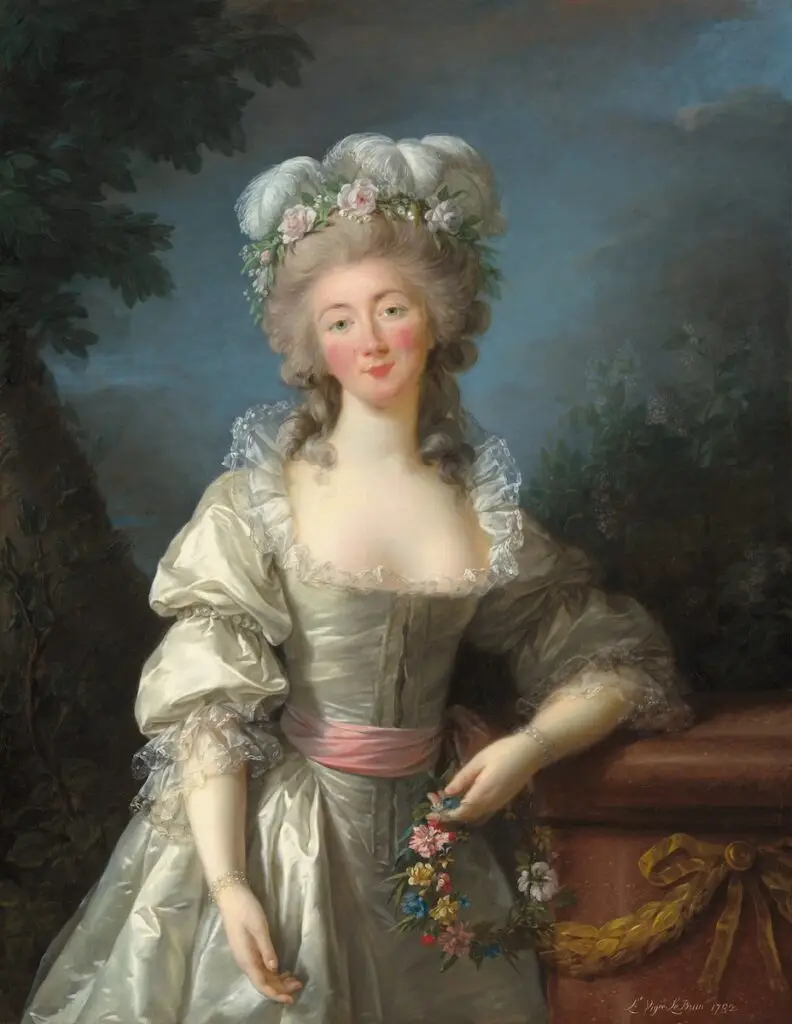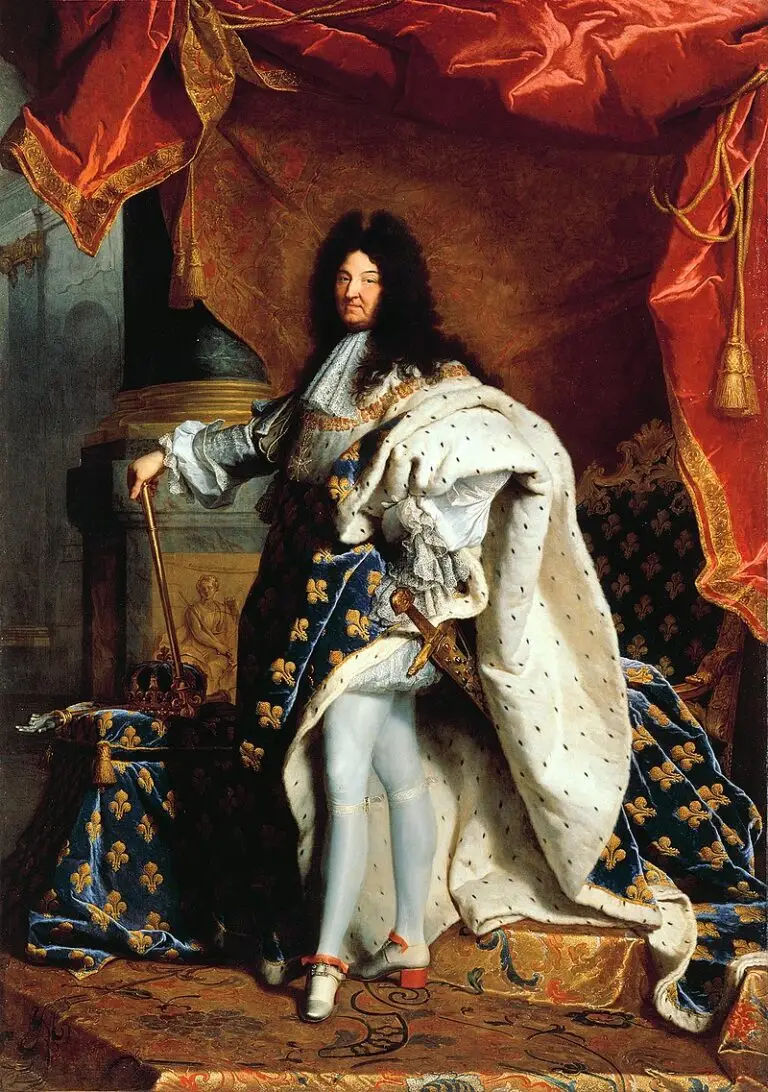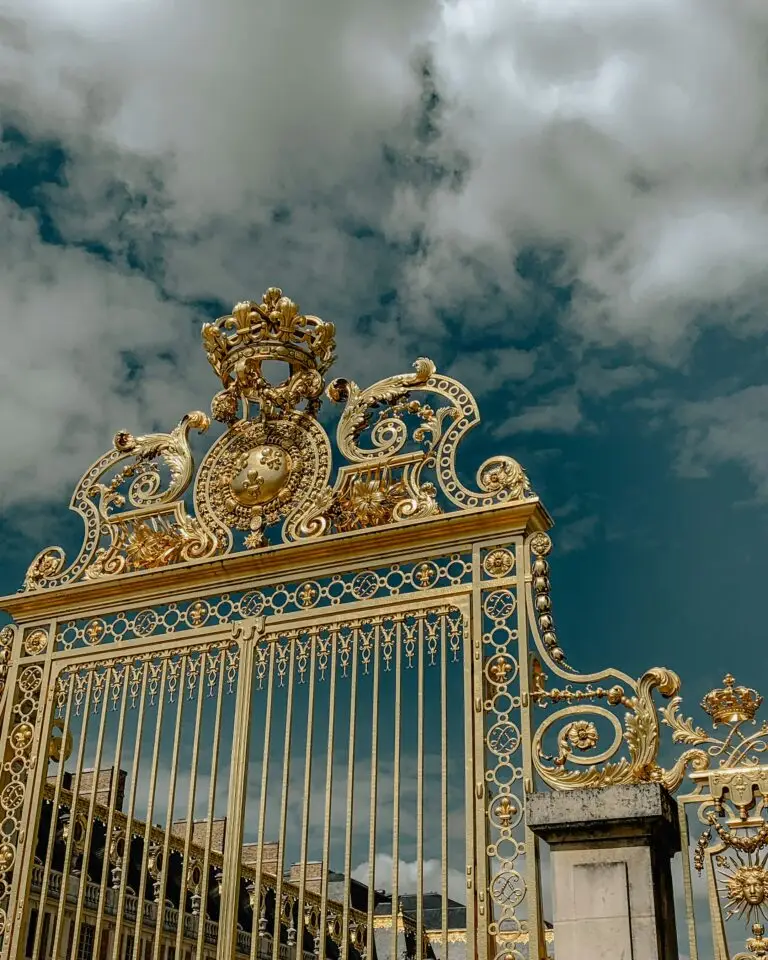This guest post was written by Louise Schmidt, owner of the blog, This is Versailles. Louise is a lawyer and has been studying the Court of Versailles for a little over 12 years. She is Danish and lives in Copenhagen.
The King’s Mistresses – or maîtresses-en-titre – were a substantial force at the court of France. Mistresses often dictated the latest fashions, who cultivated the artists of her choosing, and who had the king’s ear. The latter made them particularly influential; thus, and the object of attention for courtiers and commoners alike, hoping to advance their causes.
The rise and fall of these women reflect not just the whims of kings, but the evolving power dynamics of the French monarchy. Their stories reveal how personal relationships at the highest levels could shape the fate of an entire nation – and how perilous it was to stand so close to power.
The Power of the Mistress (And Women in Politics)
The power of the mistress lay primarily within the sphere of the court itself. During Louis XIV’s reign, women – including royal women – were kept firmly out of politics. The consequence was that the powerhouses that were Madame de Montespan and Madame de Maintenon were largely focused on court appointments.
Madame de Montespan’s family and friends benefited immensely from her relationship with the king. Her father was made governor of Paris, her brother became General of the Galleys, appointments within the royal households rained on her relatives and external benefits such as abbeys and influential marriages followed.
But her influence – and that of Maintenon – was not limited to her own circle. It was the royal mistress one approached if an eligible marriage was to be made or an appointment sought. Thus, they could have a direct and immense influence on the fates of noble families.
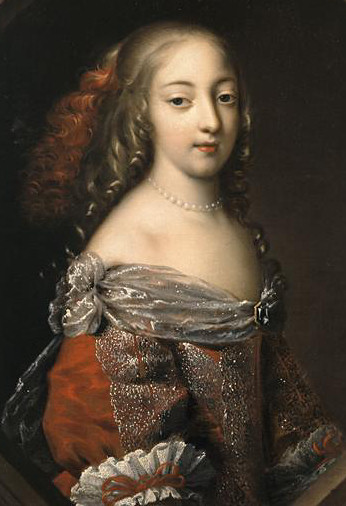

The Wrath of the Royal Mistress
The fact that Montespan or Maintenon did not directly appoint ministers or officers does not mean that they did not influence such matters. An unfavoured general, for instance, might find himself slighted if he incurred the wrath of the royal mistress. It was said of Madame de Montespan, at the zenith of her power, that she was the “centre of the court … and the terror of the ministers and generals”.
Madame de Maintenon was no different. Like Pompadour, she had direct influence on certain military appointments, but her influence was largely focused on advancing her friends and family.
Whether that terror was well-founded is speculative. Both she and Madame de Maintenon had the opportunity of expressing their distaste or favour directly to the king – but did he listen? He was certainly not required to appoint a specific minister or ignore another; Louis XIV himself was remarkably immune to female influences on his politics.
Yet, as spoken by G.R.R. Martin’s character, Varys: “Power resides where men believe it resides” – and the mere risk of having one’s career influenced by the whisperings of a Maitresse en Titre inevitably led to a certain deference being paid to her.
The Role of the Maitresse en Titre
Whereas Louis XIV kept his mistresses a step or two from official political power, his successor did not. Louis XV’s early mistresses kept clear of their royal lover’s official affairs but the advent of Madame de Pompadour changed everything.
Louis XV was a creature of habit and had a tendency towards depressive episodes. Initially, the role of his mistress was to keep him happy and distracted when he was not working. Madame de Pompadour was no different – initially.
Throughout her reign, she ran herself ragged trying to keep the king’s increasingly frequent bouts of melancholy at bay. The result was a veritable carousel of private theatricals, house projects, getaways to private estates, balls, and concerts, etc.
In 1750, Madame de Pompadour ceased having sexual relations with the king. Typically, that would have been the death knell of her position at court but by this point, she had become utterly indispensable to the king. She was not merely a bedfellow to Louis XV; she had become his closest friend and confidante. To the astonishment of the court, her power climbed even higher.
Madame de Pompadour’s Influence
Madame de Pompadour became increasingly powerful at court. Her influence on the arts and fashions was indisputable; it was the crossing into political power that truly cemented her as a powerhouse.
At the zenith of her power, there could be no doubt about her place at court. She had a decisive say in the appointment of ministers and generals. For instance, it was largely due to her influence that the Comte de Saxe was made maréchal-général or that the Abbé de Bernis was made ambassador to Venice. Likewise, when the Austrians wished to negotiate with Louis XV, they specifically chose Madame de Pompadour as their intermediary over the official ministers.
Her influence was indisputable and traversed politics, foreign affairs, court appointments and military matters. As such, she was often subjected to the ire of both politicians and the people who readily blamed her when things went awry.
In honesty, Madame de Pompadour’s influence outstepped her capacities. She was undoubtedly intelligent, well-read and perfectly placed to observe politics. However, she – as did most of her contemporaries – based her appointments on her personal preferences. Anyone who failed to pay her court was sure to be passed over. The consequence was that her influence occasionally resulted in unfavourable appointments.
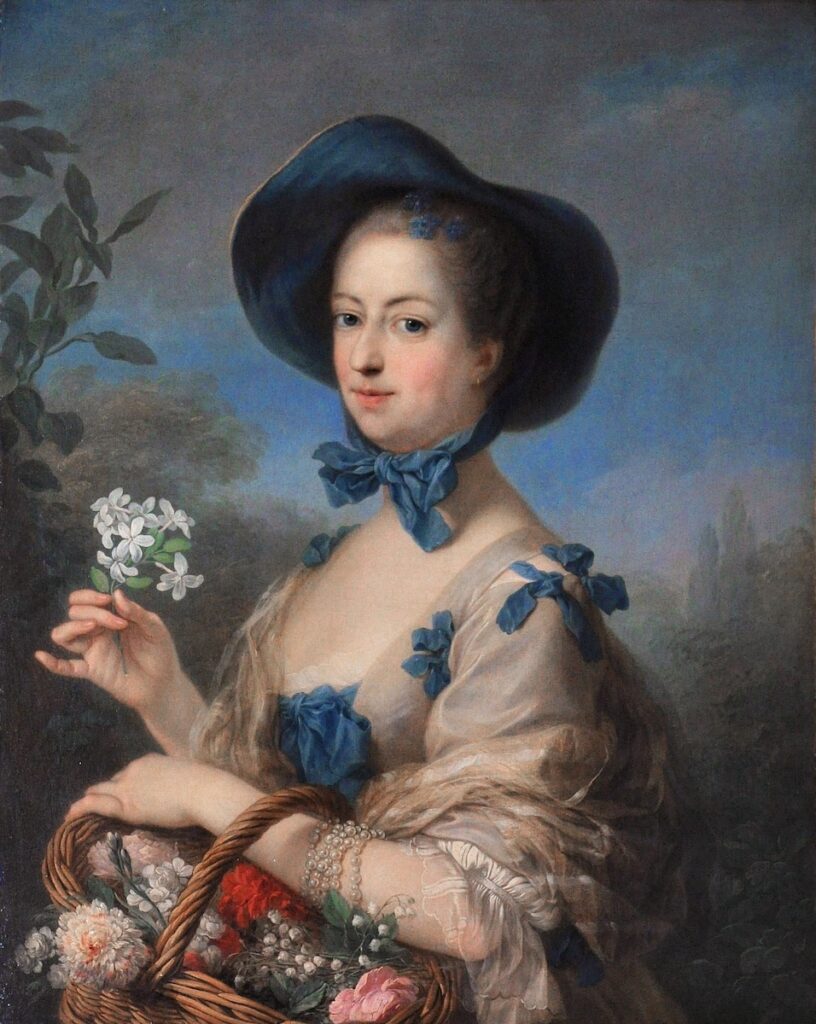
The Final Mistress
The last royal mistress, Madame du Barry, largely enjoyed the new normal initiated by Madame de Pompadour. She supported the Duc d’Aiguillon and used her influence to advance him as minister for foreign affairs. As such, her power had a direct influence on France’s foreign policy.
Before long, she, too, was recognised by the court-based ambassadors as a force to be reckoned with. However, unlike Pompadour, she had no support system of her own which put her in the unpleasant situation of being unable to refuse further demands by her associates.
Her power was cut abruptly short by the death of Louis XV in 1774 which saw her disappear entirely from the courtly scene – and the political one. Throughout the era of Versailles, the role of the royal mistress changed considerably. She was transformed from a powerhouse within the court sphere alone to a political power on an international stage.

The Dawn of a New Era
When Louis XVI refrained from taking a mistress, he inadvertently created a vacuum at court. It fell to the queen, Marie Antoinette, to set the latest fashions but also advance her own friends, if she could. Unfortunately for the queen, the public ire which was typically reserved for the royal mistress was firmly redirected at her – with disastrous consequences. Read all about Marie Antoinette’s life here.
